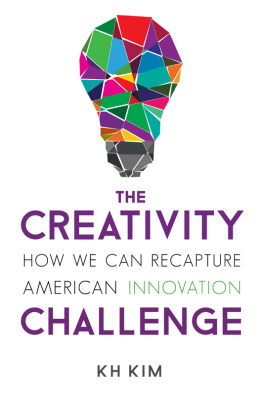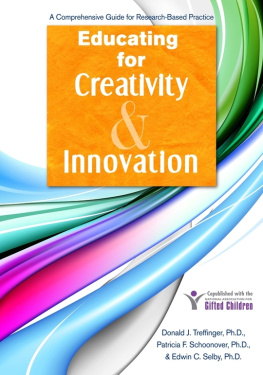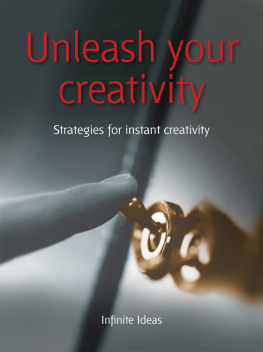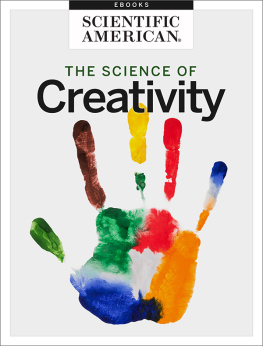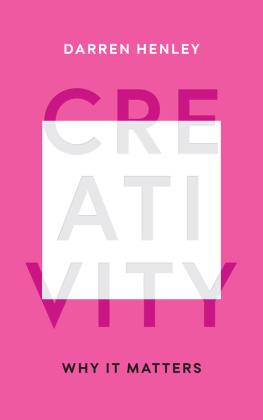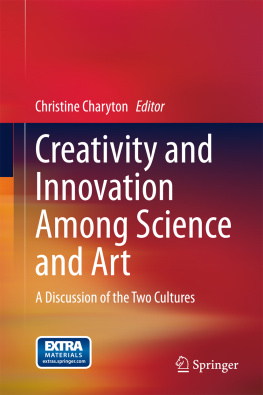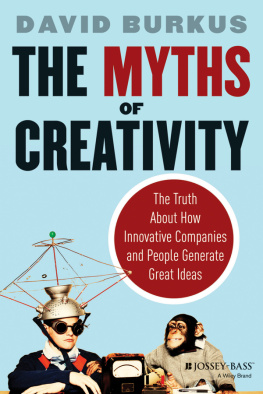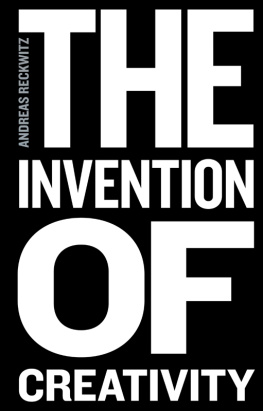
On July 10, 2010, a Newsweek cover story revealing my research on creativity dropped like a bomb, as a newsletter at the University of Georgia put it.
To say that I, a college professor, was completely unprepared for the outpouring of interest in my research, sparked by a single magazine article, would be putting it lightly. But I had clearly touched a raw nerve within the American psycheone that continues to be a sore spot today.
THE DECLINE OF CREATIVITY IN AMERICA
The study that triggered all this media attention was my analysis of 272,599 creativity-test scores using the Torrance Tests of Creative Thinking (TTCT for short). The TTCT is the most commonly used creativity test.
The bottom line is this: Americans are less creative today than they
- Generate a large number of unique ideas
- Deal with hidden aspects of problems
- Work out the meaningful details of ideas
- Think in the big picture and distill ideas without losing essence
- Connect seemingly irrelevant ideas
- Articulate ideas and be a storyteller
- Be open-minded to opposing views and delay judgment
- Courageously defy or change existing norms, values, or traditions
To me, the most troubling aspect of this decreasing creativity is its prevalence in young children who should be actually improving their creative attitudes and skills. Not only that, but years after the study came outdespite all the concerns expressed by politicians, educators, and business executivesnot much has changed. In fact, the decline in creativity continues unabated. My research shows that America has an increasingly limited number of individuals who are capable of finding and implementing solutions to problems the nation faces today. If this trend isn't reversed soon, America will be unable to tackle the challenges of the future.
Some argue that the fundamental structures that originally supported innovation in America are unchanged, and that the decrease in the number of creative individuals is an anomaly that will have no impact on America's global economic dominance.
I disagree. In the twentieth century, no other country in the world matched the United States of America's ability to turn ideas into innovative solutions to real-world problems. The country became a superpower thanks to the creativity of its people. This creativity was present in 1879 when Thomas Edison filed his light-bulb patent; in 1895 when Nikola Tesla partnered with General Electric to install electricity generators at Niagara Fallsthe origin of today's home electricity; in 1927 when Philo Farnsworth introduced the electronic television; in 1958 when Jack Kilby introduced the integrated circuit; in 1971 when John Blankenbaker introduced the first personal computer; and in 2001 when Apple introduced the iPod. (None of them really invented; they synthesized existing ideas, which they transformed into a new creation.)
Creativity is the key to creating highly skilled jobs and technological breakthroughs for future US economic success in international markets. Without it, the economy will struggle to adapt to the changing world that moves quickly beyond its control; the next Apple, IBM, Google, Amazon, Microsoft, or General Electric will struggle to gain traction, as businesses in other creative countries gain momentum.
THE CREATIVITY CRISIS IN INDIVIDUALS
If America's parenting and educational system continuously condition children to think un-creatively, employers will struggle to hire creative individuals to solve real-world problems and create new opportunities. A significant part of America's economic success has been the result of dynamic young entrepreneurs who serve as incubators for new products or services. Creative individuals who are dreamers and risk takers are needed to keep this sector burgeoning, providing jobs and establishing entirely new industries.
Human beings have an unprecedented ability and potential to create, and many find that in the act of creating they fulfill their true purpose in life. It's this creative process that led to the invention of the simple hammer. The first hammers were simply stones attached to sticks with strips of leather and used to strike wood and animals. Much later, hammers were developed to drive nails into woodand then clawed hammers, to easily remove themthereby increasing the utility of this ancient tool. More recent variations include electric, hydraulic, or pneumatic hammers. The utility of the simple hammer continues to become more powerful and efficient. We expect and hope that hammers and other similar, simple tools will continuously evolve as human creativity enhances their design and utility.
When a hammer just sits in a toolbox and never gets used, it serves no purpose. Only when it is used to drive nails and build somethingor demolish itis the hammer fulfilling its purpose. It's the same with human beings. When people are able to express their creativity, they too are utilized to their full potential, which promotes their physical and psychological When they use their creativity, they experience the joy of seeing their ideas and dreams become real. The excitement of artists or scientists engaged in unique and useful projects are vivid visions of creativity in action.
Individuals whose creativity is stifled become creative underachievers, frustrated, and unhappy with their lives. Without a supportive climate, society is robbed of the potential achievements of those individuals. Despite all the innovation that has brought America to where it is today, the culture has changed in ways that have stifled creativity instead of encouraging it. America must reclaim what it does best: fostering creativity.
THE CAUSE OF THE CRISIS
The reporters who crowded on my front step after the Newsweek article had many questions for me, but mostly they wanted to know who was to blame for the latest American crisis. Unfortunately, there's no single person, entity, or institution that can be singled out. In fact, my research points to a gradual, society-wide shift away from the values that were the foundation of the American creativity. Understanding this shift starts with a look at what shaped American creativity in the first place.
The Home of the Brave
America was established initially by settlers who left behind everything they knew, including family, friends, churches, and businessesin some cases escaping ideological oppression and tyrannical rulein hopes of a better life. There were no guarantees that they would successfully find the new lives they were looking for after they arrived. They were risk takers and were optimistic that their hard work could create better futures. When others saw reason for doubt and feared the uncertainty of the future, they and subsequent generations of immigrants accepted uncertainty and saw opportunity. America assimilated newcomers better than most other countries, earning the melting pot characterization.fabric. This multiculturalism contributed to America's creativity. Even today, immigrants arrive from across the globe, seeking a chance at their American dream.
The Founding Innovators
It's no accident that America became a beacon of freedom and opportunity. The Founding Innovators (not Fathers), including Thomas Jefferson, Alexander Hamilton, Benjamin Franklin, John and Abigail (woman) Adams, and Mercy Otis Warren (woman), built a foundation of entrepreneurial and legal systems that minimized corruption while protecting intellectual property. Subsequently, the early parenting and educational system reflected values important to American creativity, such as intellectual diversity, curiosity, risk taking, and nonconformity. The emergence of America's great entrepreneurial culture encouraged exponential innovation and economic growth.
Next page
